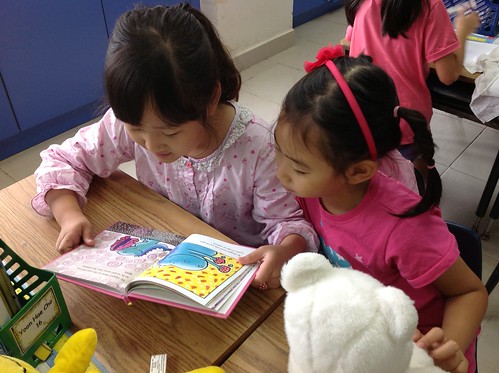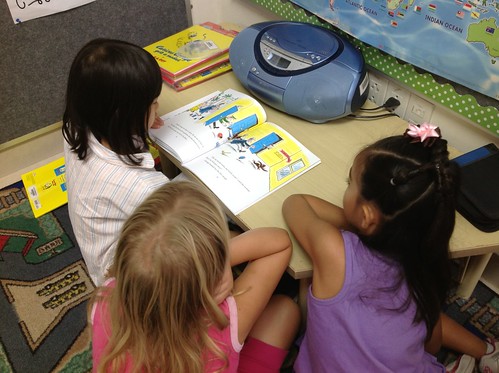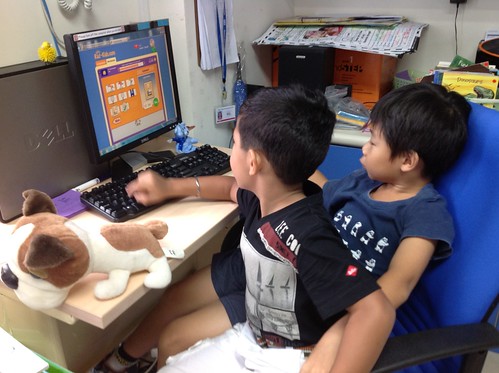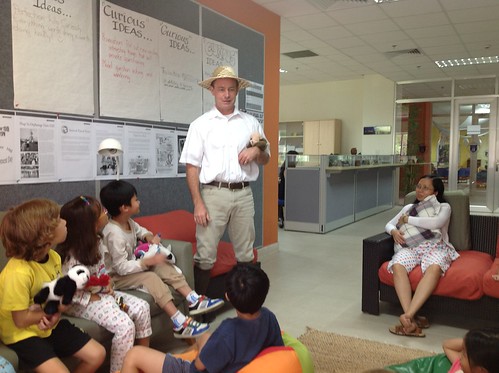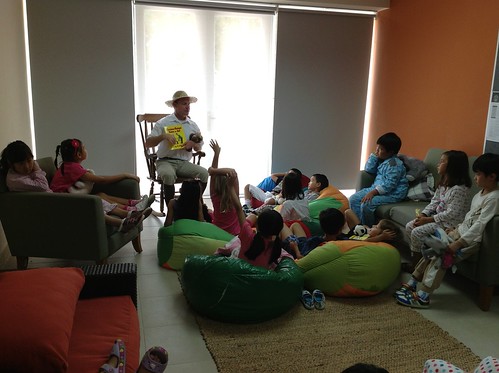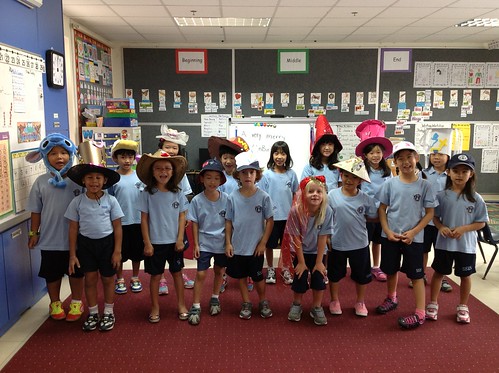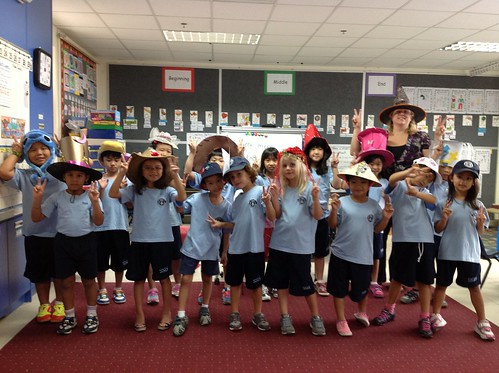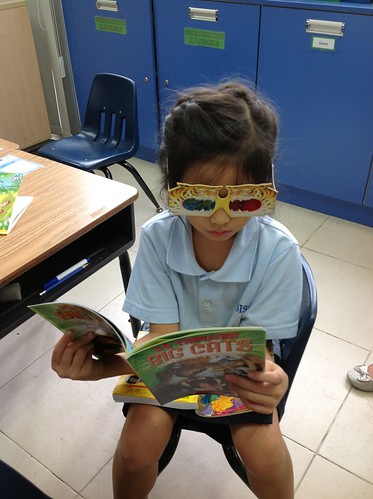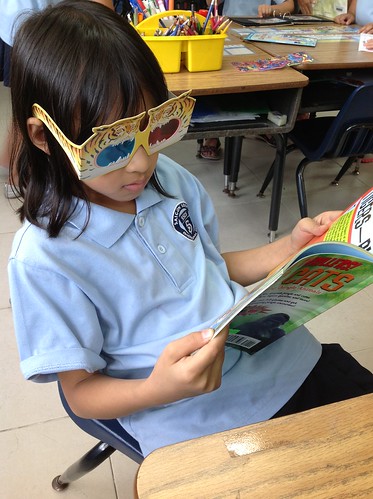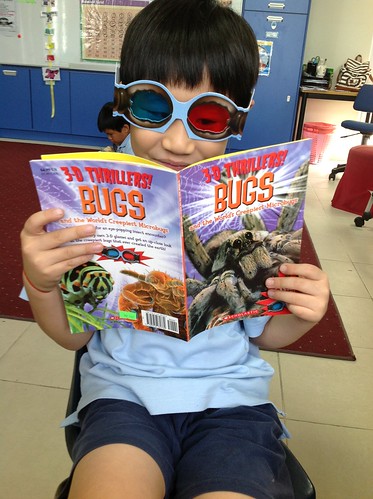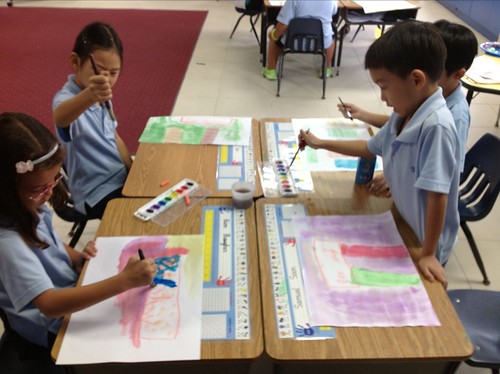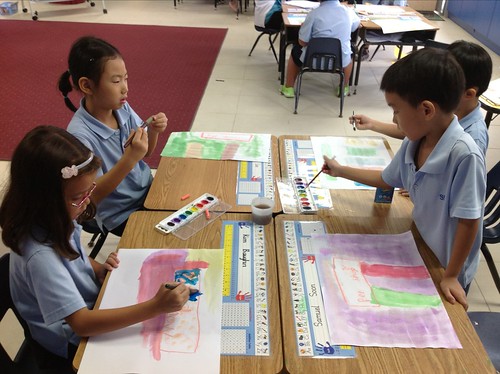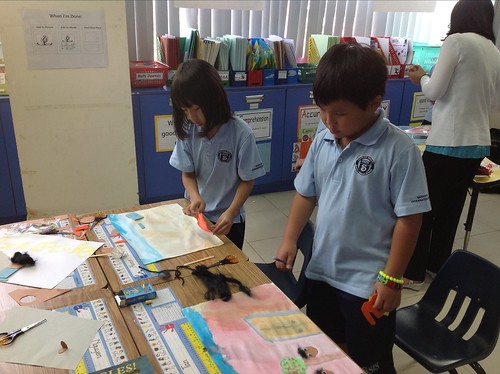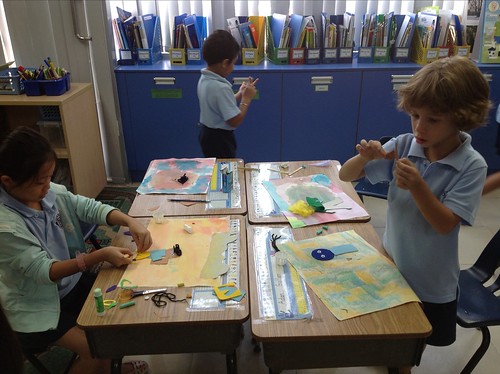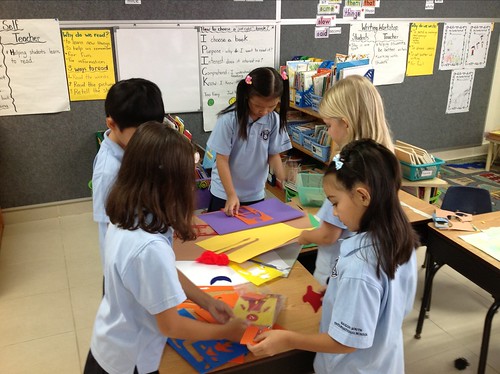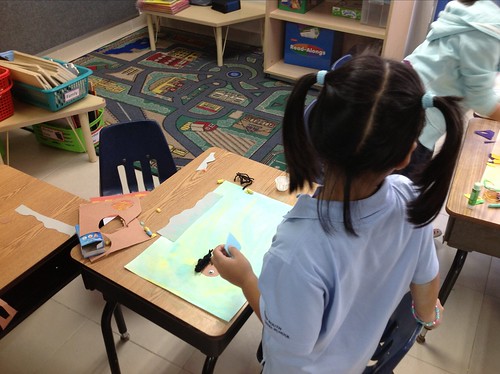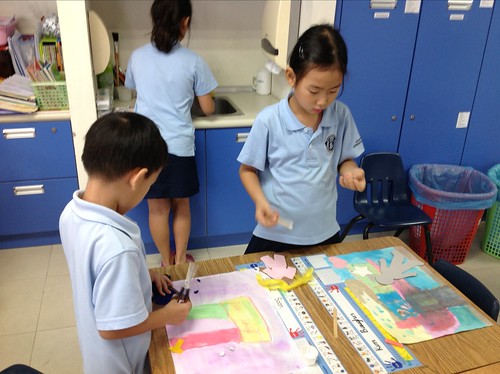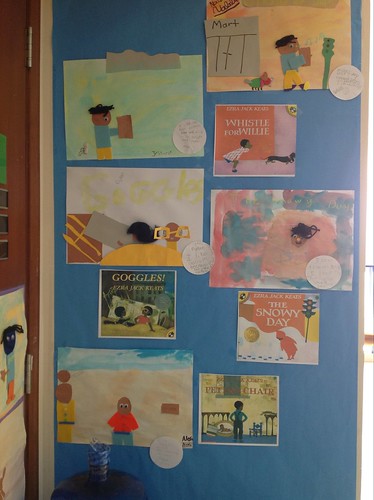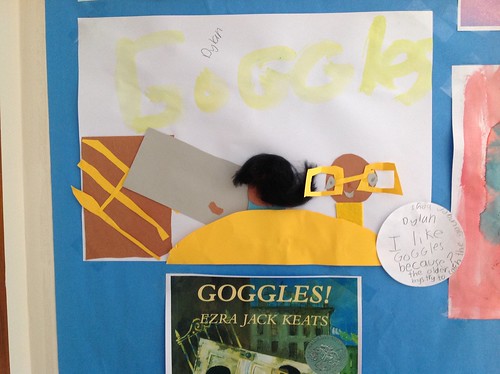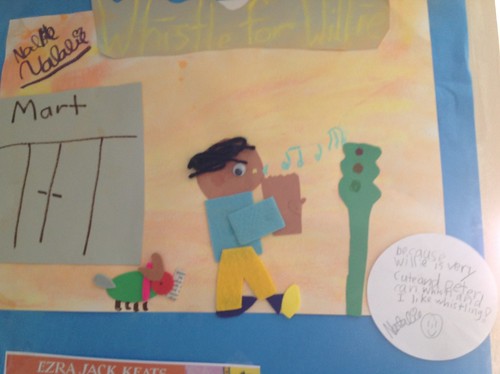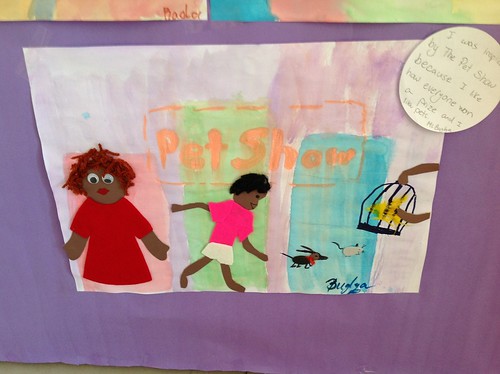I recently spent 3.5 days in a
workshop learning about, "Critical Friends Group" or CFG. No, it doesn't mean that we
criticize our friends in this group. It is a way of coming together professionally
to discuss, analyze, give professional feed back or generate new ideas as a professional
learning community. I felt energized and had a new sense of community after
completing this workshop with many of my colleagues. I highly recommend this
training. It can be useful for running professional conversations on almost any
topic and everyone's voice is heard in a respectful and efficient way. It is a
way to share leadership and collaborate. Outcomes are achieved in an accelerated,
yet well analyze and reflected way by using the protocols we learned at this workshop.
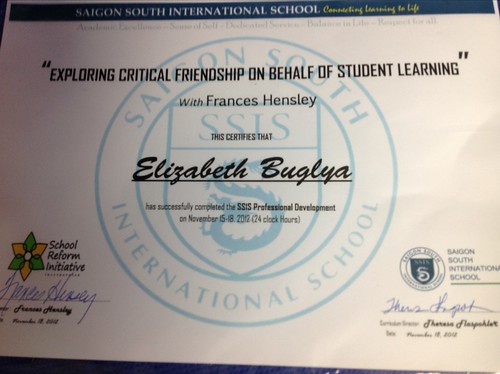

The following is from the National School Reform Faculty:Harmony Education Center.
Retrieved from the world wide web on November 23, 2012.
What is a
CFG?
A CFG is a professional learning community consisting of approximately 8-12 educators who come together voluntarily at least once a month for about 2 hours. Group members are committed to improving their practice through collaborative learning.
How did the idea of Critical Friends Groups develop?
In 1994, the Annenberg Institute for School Reform designed a different approach to professional development, one that would be focused on the practitioner and on defining what would improve student learning. Since the summer of 2000, Critical Friends Groups training is coordinated by the National School Reform Faculty (NSRF) at the Harmony Education Center in Bloomington, Indiana.
What are the purposes of a Critical Friends Group?
Critical Friends Groups are designed to
A CFG is a professional learning community consisting of approximately 8-12 educators who come together voluntarily at least once a month for about 2 hours. Group members are committed to improving their practice through collaborative learning.
How did the idea of Critical Friends Groups develop?
In 1994, the Annenberg Institute for School Reform designed a different approach to professional development, one that would be focused on the practitioner and on defining what would improve student learning. Since the summer of 2000, Critical Friends Groups training is coordinated by the National School Reform Faculty (NSRF) at the Harmony Education Center in Bloomington, Indiana.
What are the purposes of a Critical Friends Group?
Critical Friends Groups are designed to
- Create a professional learning community
- Make teaching practice explicit and public by "talking about teaching"
- Help people involved in schools to work collaboratively in democratic, reflective communities (Bambino)
- Establish a foundation for sustained professional development based on a spirit of inquiry (Silva)
- Provide a context to understand our work with students, our relationships with peers, and our thoughts, assumptions, and beliefs about teaching and learning
- Help educators help each other turn theories into practice and standards into actual student learning
- Improve teaching and learning
What are the characteristics of a professional learning community?
Professional learning communities are strong when teachers demonstrate:
- Shared norms and values
- Collaboration
- Reflective dialogue
- Deprivatization of practice
- Collective focus on student learning
- Spirit of shared responsibility for the learning of all students
Professional learning communities can develop when there is:
- Time to meet and talk
- Physical proximity
- Interdependent teaching roles
- Active communication structures
- Teacher empowerment and autonomy
A professional learning community is enhanced when there is:
- Openness to improvement
- Trust and respect
- A foundation in the knowledge and skills of teaching
- Supportive leadership
- Socialization or school structures that encourage the sharing of the school's vision and mission (Kruse, et al)
There are
a wide variety of professional learning communities (PLCs). Many PLCs are
groups where teachers get together to:
- Study state and national standards, the district curriculum guide, student achievement data, etc… and then agree upon outcomes that each student should achieve for every subject.
- Develop assessments to monitor each student’s mastery of the outcomes.
- Analyze student performance based on these assessments.
- Discuss new strategies to implement to raise student achievement.
So, the
work is very focused—all very much driven by standardized test scores. Teachers
meet in PLCs to make sure the kids do well on the agreed upon assessments and if
they don’t, require the students to put more time into learning what they didn’t
get the first time around.
How are
teachers supposed to help students do better on the next round of assessments?
Most PLC trainings suggest that teachers develop norms or protocols to clarify
expectations regarding roles, responsibilities, and relationships among the team
members, but do not give you those “norms or protocols.”
During
NSRF New Coaches Critical Friends Groups training, we actually give you the
tools that you need to collaborate with your colleagues in your CFGs to improve
student outcomes. We also teach you how to improve your faculty meetings,
classroom practices, parent conferences, cabinet meetings, strategic planning
sessions, inquiry groups, and study groups. So, participating in a CFG is not
“one more thing on your plate.” It is the tool you use to get “the things on
your plate” accomplished in an efficient and effective manner.

